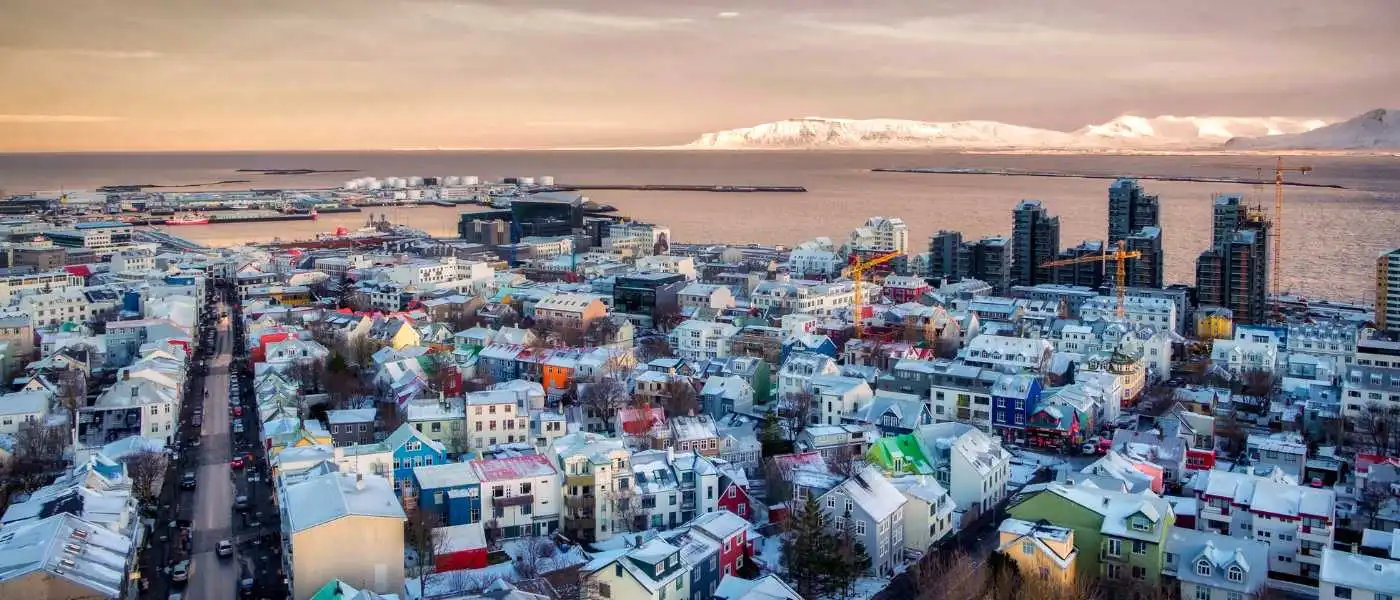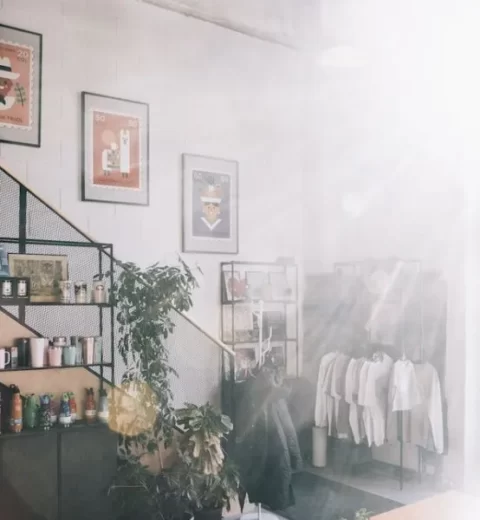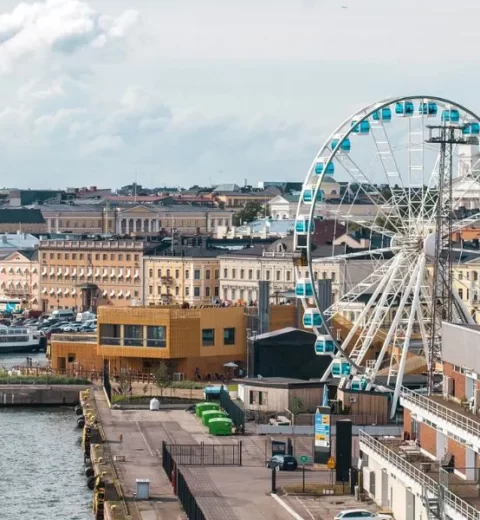Estimated reading time: 14 minutes
Reykjavik, the capital city of Iceland, is an enchanting place that beckons tourists with its scenic beauty, cultural richness, and friendly locals. The city is a mix of ancient heritage and modern attractions and offers a plethora of activities for visitors of all ages. This article is your ultimate guide to discovering and navigating Reykjavik. We’ll cover everything from transportation to neighborhoods, points of interest, landmarks, shopping, safety, currency, things to do, weather, northern lights, and food. So, pack your bags and be ready for a one in a lifetime adventure!
Table of contents
- History
- Getting In and Out of Reykjavik
- Transportation in Reykjavik
- Taxi
- Neighborhoods of Reykjavik
- Landmarks and Hidden Gems in Reykjavik
- The Significance of Laugavegur, Reykjavík’s Most Famous Street
- A Serene Oasis in the Heart of Reykjavik
- Shopping
- Northern Lights in Reykjavik
- Weather in Reykjavik
- Currency in Reykjavik
History
Reykjavík, the capital city of Iceland, is a unique and fascinating place with a history dating back over 1,200 years. The city was founded in the late 9th century by the Viking warrior Ingólfur Arnarson. He is said to have thrown his high-seat pillars into the sea and followed them to shore, where he settled and established a farm. The name “Reykjavík” means “smoky bay,” a reference to the steam rising from the hot springs in the area.
Despite its long history, Reykjavík remained a small village for many centuries, with a population of only a few hundred people. It wasn’t until the 18th century that the city began to grow, thanks in part to its strategic location as a center for trade and commerce. In the 20th century, Reykjavík became known as a hub for innovation and creativity, with a thriving arts scene and a reputation as a hotspot for cutting-edge music and design.
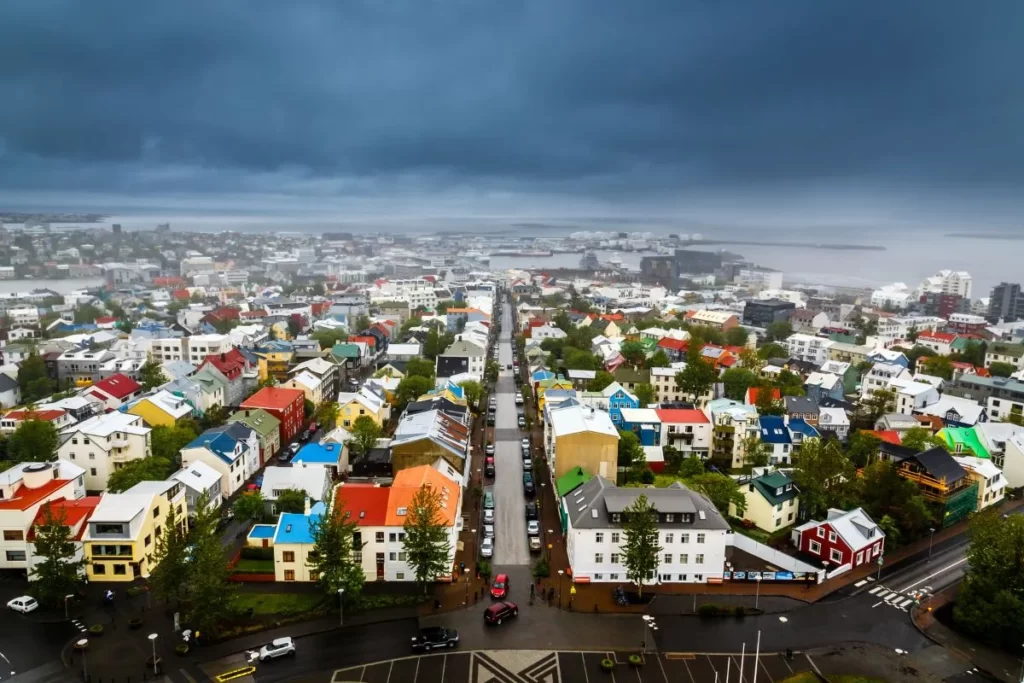
Additionally, one unique fact about Reykjavík is that it is the world’s northernmost capital city. Another interesting fact is that the city is powered almost entirely by geothermal energy, with hot water and steam pumped from deep underground to provide heat and electricity for homes and businesses.
Getting In and Out of Reykjavik
Reykjavik has only one airport, the Keflavik International Airport, which is about 50 km away from the city center. The airport is well-connected to major cities around the world and is serviced by many international airlines. The Website for the airport is: Keflavik Airport
Transportation in Reykjavik
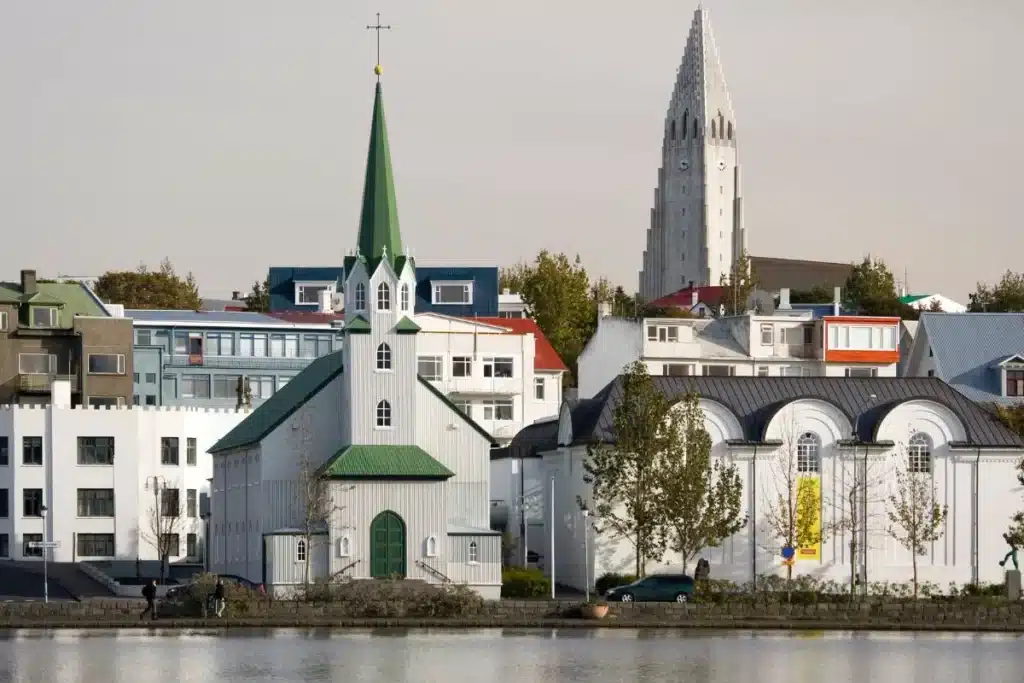
Reykjavik is a small city, and most of its attractions are within walking distance. However, if you want to explore the city more extensively, you can use the public transport system, which includes buses and taxis.
To discover hidden gems in Reykjavik that typical tours won’t show you, consider using the local bus service. It’s an affordable and interesting way to explore the city. Reykjavik has an excellent bus system called Strætó that provides regular services to and from the city’s major attractions and towns. You can plan your route by visiting their website, strætó.is, and accessing their convenient destination planner and free travel app.
To make your bus travel even more convenient, you may want to consider getting a Reykjavik City Card. This card provides 24, 48, or 72 hours of unlimited travel on city buses. The card will give you access to various attractions in the city. The City Card can be purchased online at: The City Card | Visit Reykjavik.
If you need more information about public transportation options in Reykjavik and Iceland, PublicTransport.is is a great website that has it all
Traveling to and from Keflavik Airport is also easy, with coach/bus options available. The journey from the airport to Reykjavik takes approximately 45 minutes. Additionally, you can find your nearest location for your tour pick-up or drop-off on Reykjavik City bus pick-up and drop-off places (busstop.is).
Taxi
Reykjavik offers several 24-hour taxi companies that are just a phone call away, ready to transport you to any destination within the city. All taxis have official mileage meters, and fares are charged at standard rates. Some companies offer special prices for transportation to and from Keflavik Airport, which is one hour drive from Reykjavik’s city center.
Hreyfill, founded in 1943, is one of Iceland’s most respected taxi services. Besides providing comfort in transportation in and around Reykjavik, it also offers guided tours for groups of up to eight people. Their tours include stops to and from the International Airport, as well as sites throughout Iceland, including the Blue Lagoon, thermal baths, hot springs, and other areas along the southern coast. To contact Hreyfill, dial +354 588 5522 or visit www.hreyfill.is.
BSR, founded in 1921, is one of the oldest taxi companies in Reykjavik. With 90 years of experience, BSR aims to provide excellent service to its clients. BSR also offers personalized guided tours around Reykjavik for up to eight people. To contact BSR, dial +354 561 0000 or visit www.taxireykjavik.is.
Borgarbílastöðin, with a phone number of +354 552 2440 and a website at www.borgarbilastodin.is, is another taxi company operating in Reykjavik.
Airport Taxi specializes in personalized shorter tours for small groups of 1-8 people. They aim to allow participants to enjoy as much of Iceland’s landscape and scenery as possible, and therefore their routes are selected with that in mind. To contact Airport Taxi, dial +354 520 1212 or visit www.airporttaxi.is.
Neighborhoods of Reykjavik
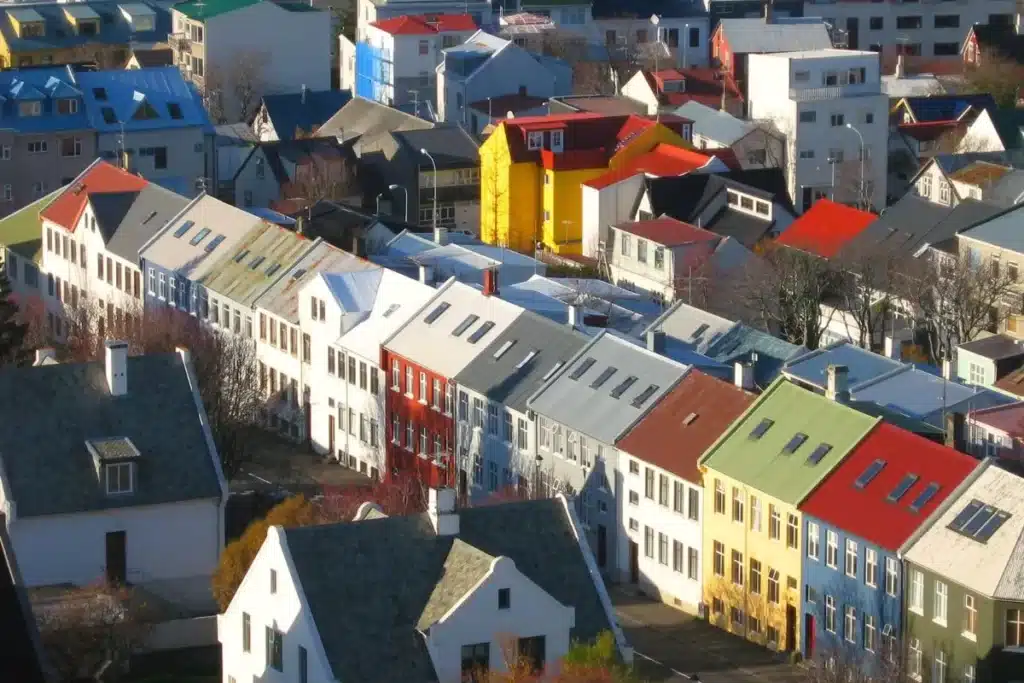
Reykjavik is the vibrant capital of Iceland, and it’s made up of several unique neighborhoods, each with its own distinct character. Here are some of the top neighborhoods to visit in Reykjavik and their points of interest:
- Downtown Reykjavik: Located in the heart of the city, Downtown Reykjavik is the cultural and commercial hub of the capital. This lively neighborhood is home to an array of shops, restaurants, and cultural landmarks, making it a must-visit for any tourist.
- Reykjavik Art Museum
- Icelandic Phallological Museum
- Harpa Concert Hall
- Laugavegur Street (shopping)
- Vesturbær: Vesturbær is a charming residential area located west of Downtown Reykjavik. This neighborhood boasts stunning views of the ocean and a relaxed, laid-back vibe.
- Vesturbæjarlaug swimming pool
- Árbær Open Air Museum
- Saga Museum
- Skólavörðustígur Street (shopping)
- Laugardalur: Laugardalur is a green and spacious area located just east of Downtown Reykjavik. This neighborhood is known for its outdoor recreational activities, including swimming and botanical gardens.
- Laugardalslaug swimming pool
- Botanical gardens
- Ásmundur Sveinsson Sculpture Museum
- Reykjavik Zoo
- Kringlan Shopping Mall (shopping)
- Hafnarfjörður: Hafnarfjörður is a charming coastal town located just south of Reykjavik. This neighborhood is known for its rich Viking history and unique geology, which includes stunning lava fields.
- Lava fields
- Harbor boat tours
- Hafnarborg Art Museum
- Hafnarstræti Street (shopping)
These neighborhoods offer a range of attractions, from art and culture to nature and outdoor recreation. Visitors can also enjoy shopping and dining in each of these areas, making them a great way to experience the unique character of Reykjavik.
Landmarks and Hidden Gems in Reykjavik
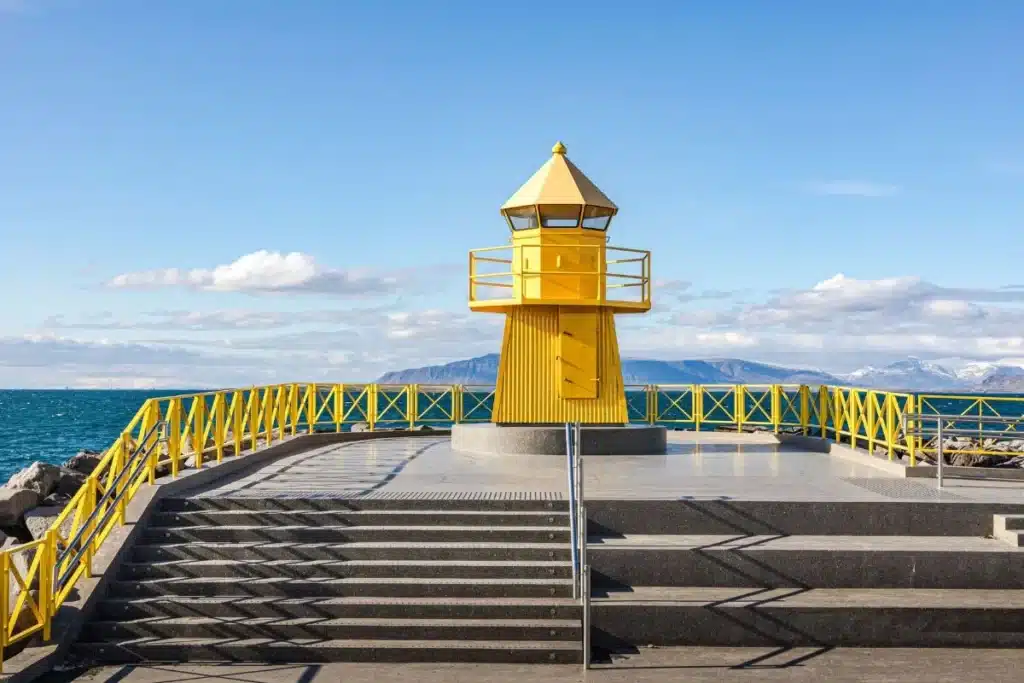
Reykjavik is home to a wide variety of landmarks and hidden gems that are worth exploring during your visit. Some of the city’s most iconic landmarks include:
Hallgrímskirkja
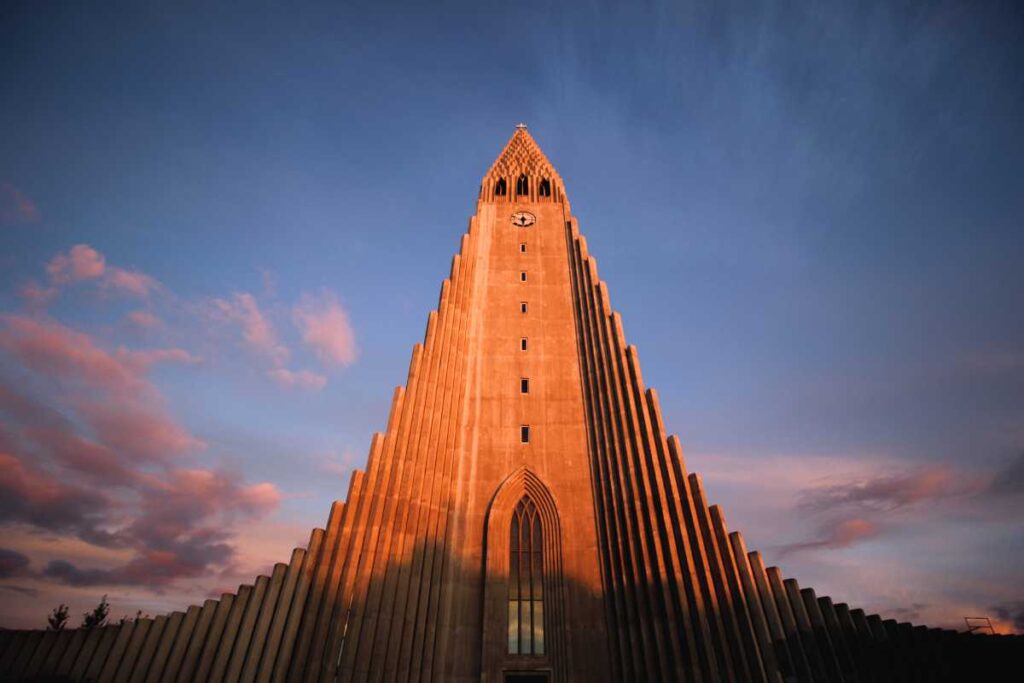
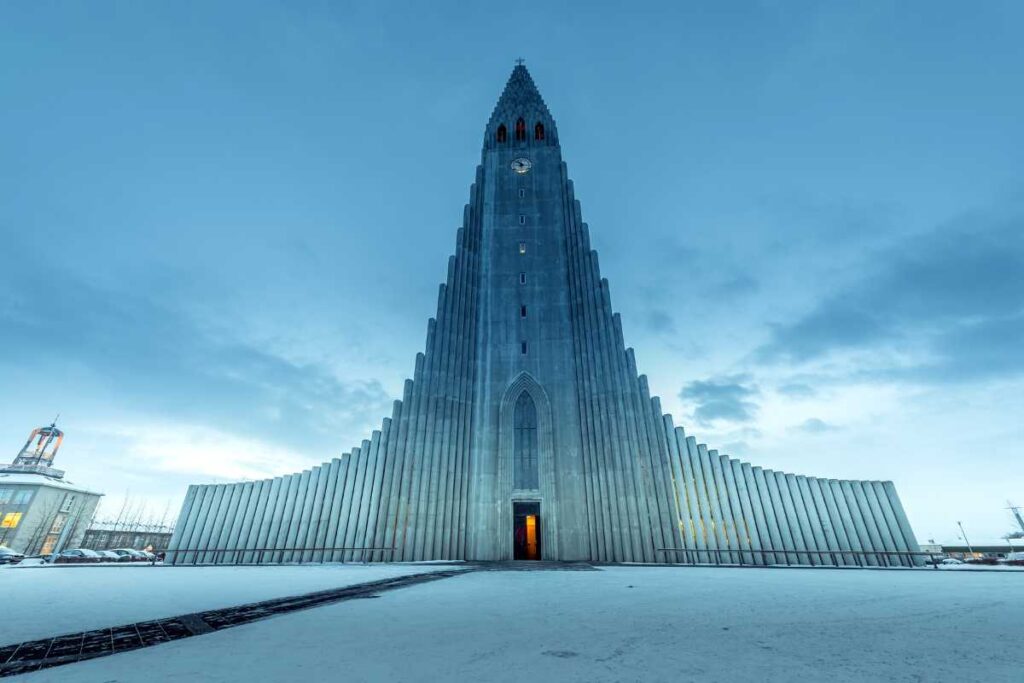
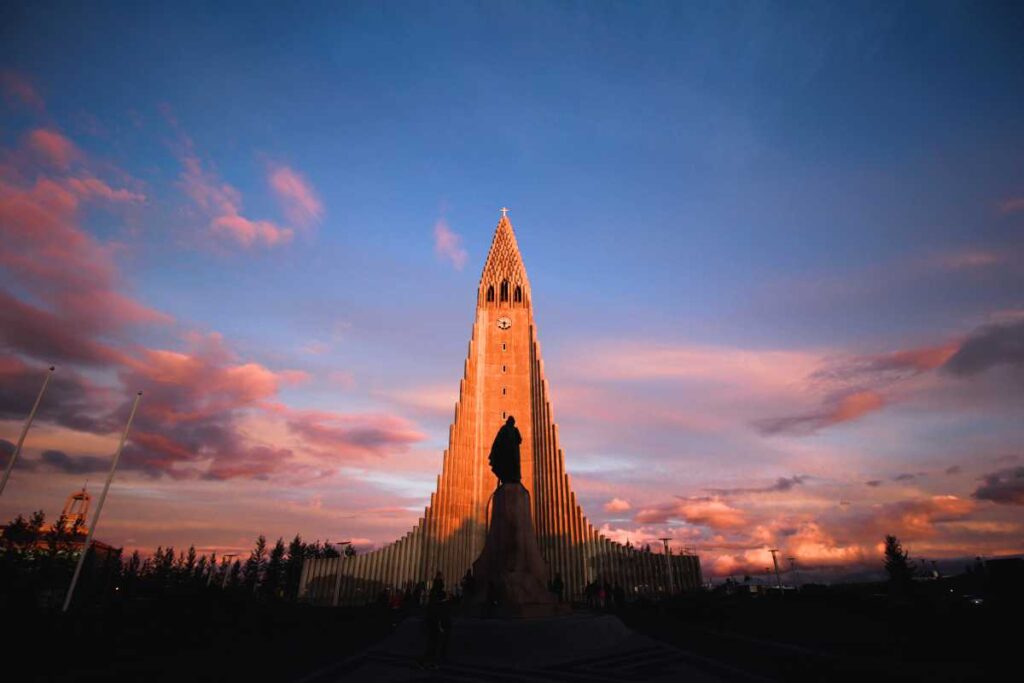
This impressive church is one of Reykjavik’s most recognizable landmarks, with its striking tower visible from all over the city is Hallgrímskirkja Church . You can take an elevator to the top for stunning views of Reykjavik and the surrounding area.
Perlan
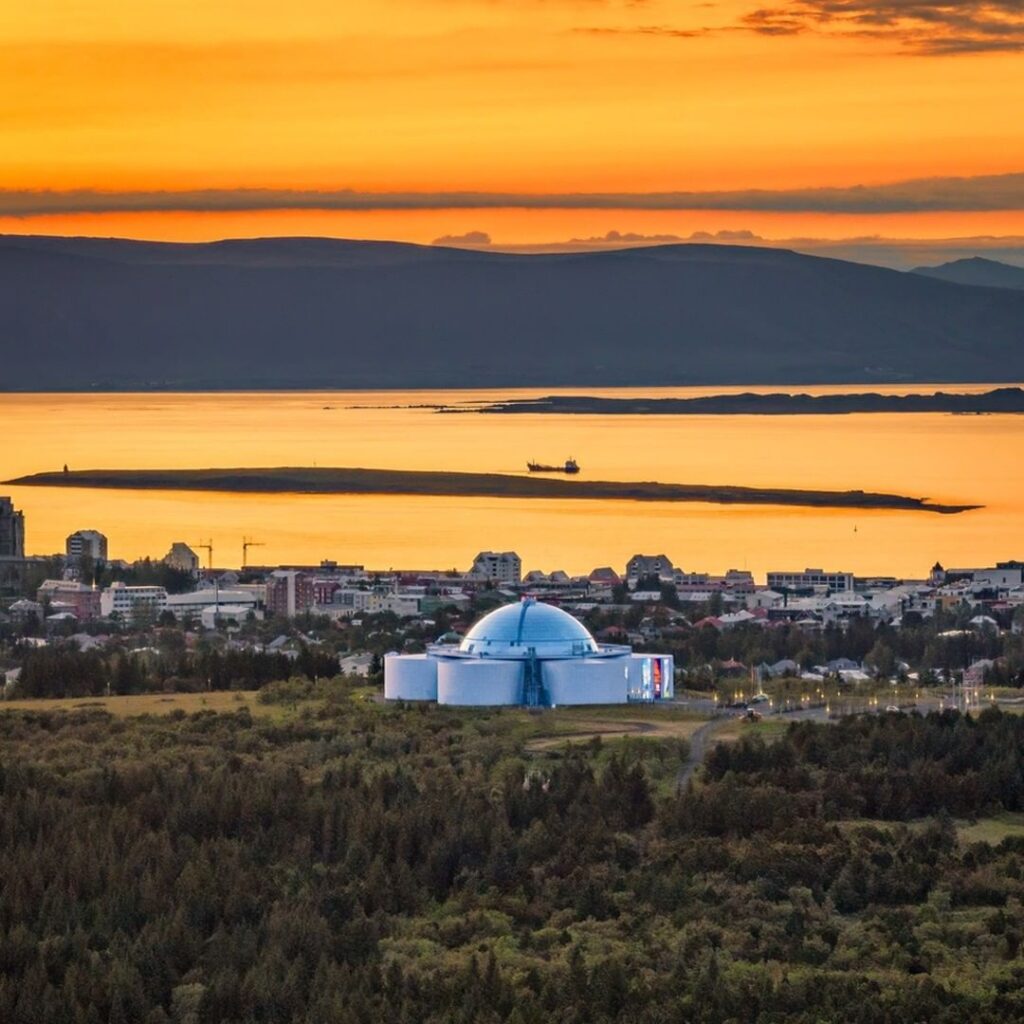
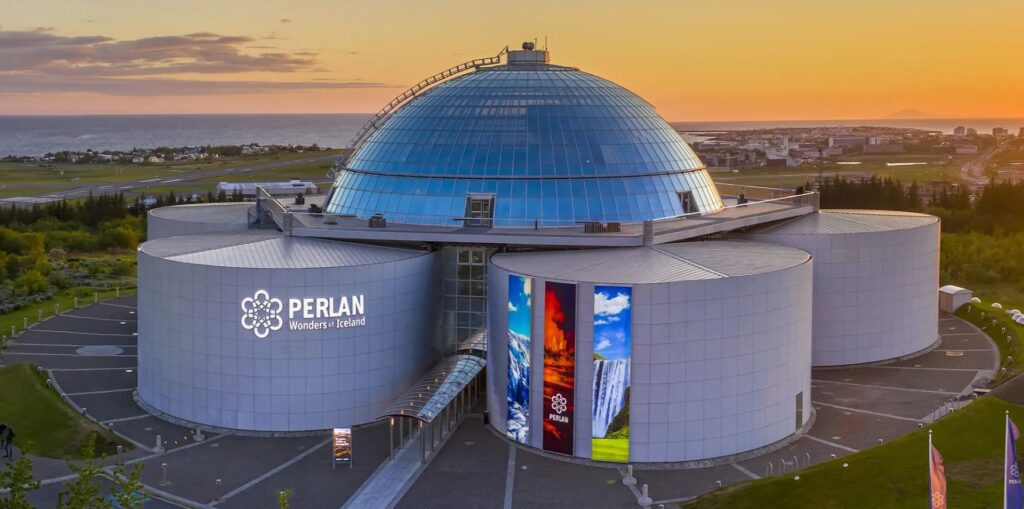
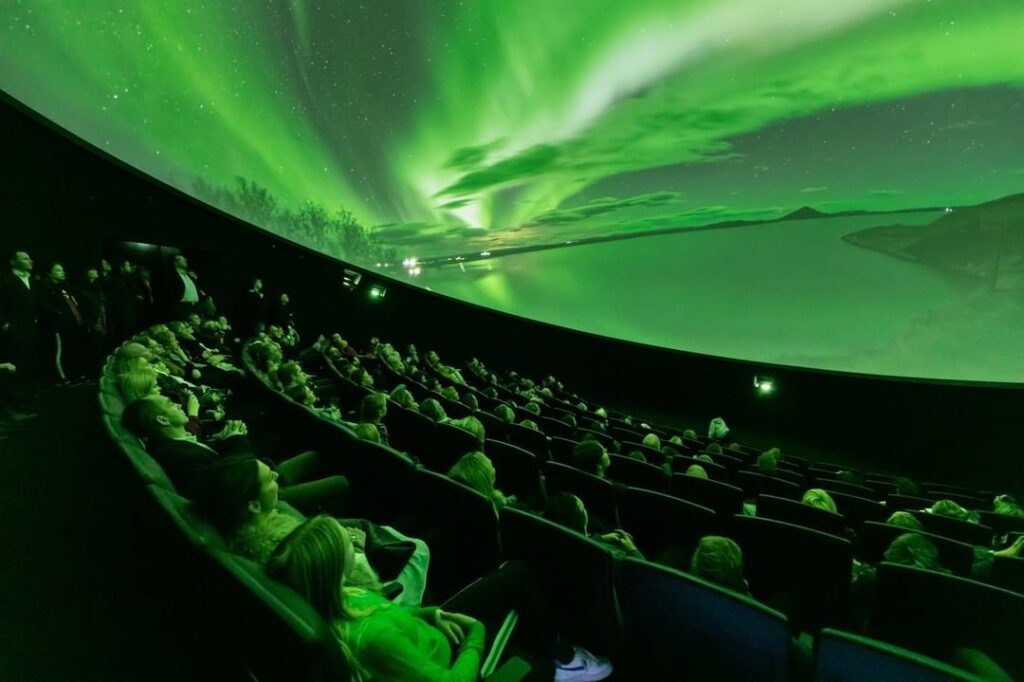
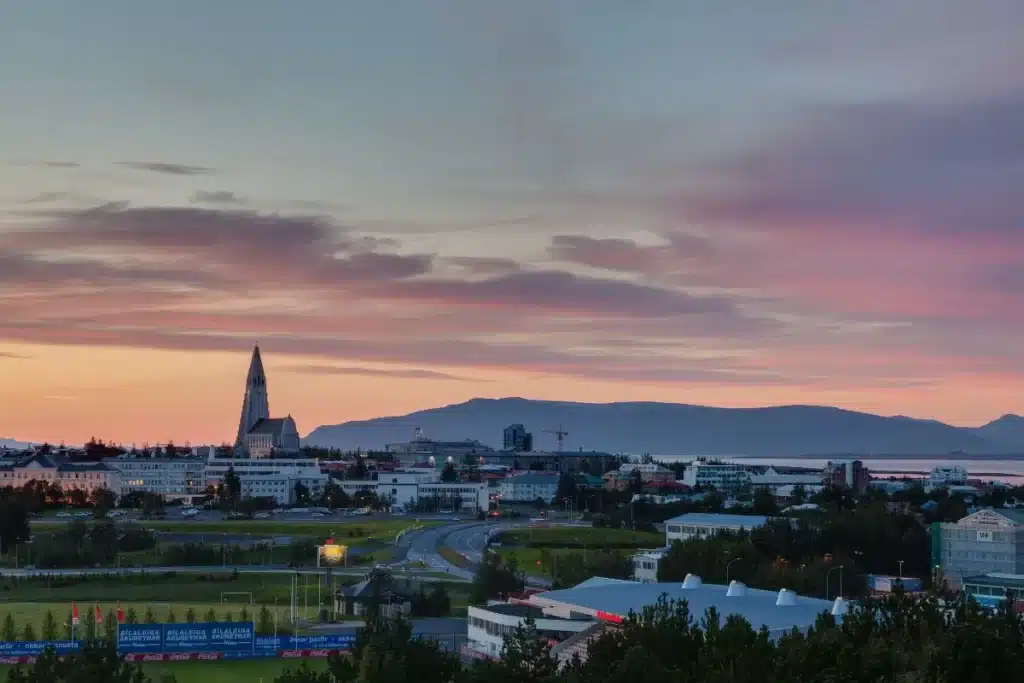
Located on a hill overlooking Reykjavik, Perlan is a unique building that houses a restaurant, museum, and observation deck. Visitors can take a tour of the museum to learn about Iceland’s natural wonders and enjoy panoramic views from the observation deck.
Harpa Concert Hall
This stunning concert hall is a modern architectural masterpiece that is home to Iceland’s national symphony orchestra. Visitors can take a tour of the building or attend a performance to experience its acoustics firsthand.
In addition to these popular landmarks, there are also several hidden gems and off-the-beaten-path attractions to discover in Reykjavik. Some of these include:
Tjörnin Pond
Located in the heart of Reykjavik, Tjörnin is a beautiful pond that is home to a variety of birdlife, including swans, ducks, and geese. You can take a leisurely walk around the pond or rent a paddleboat to explore the water.
Icelandic Phallological Museum
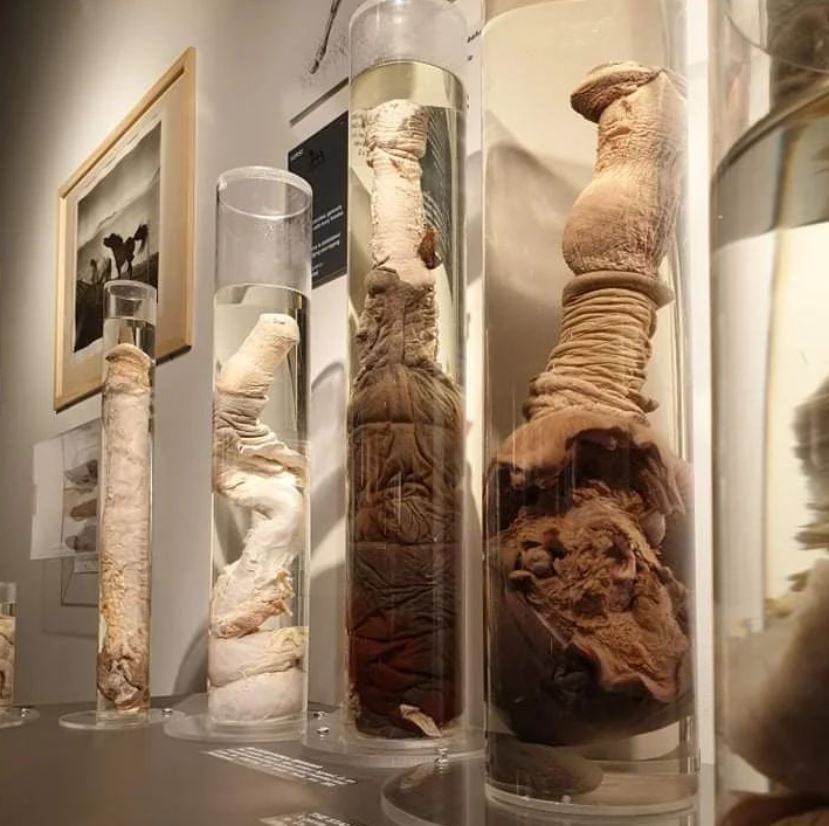

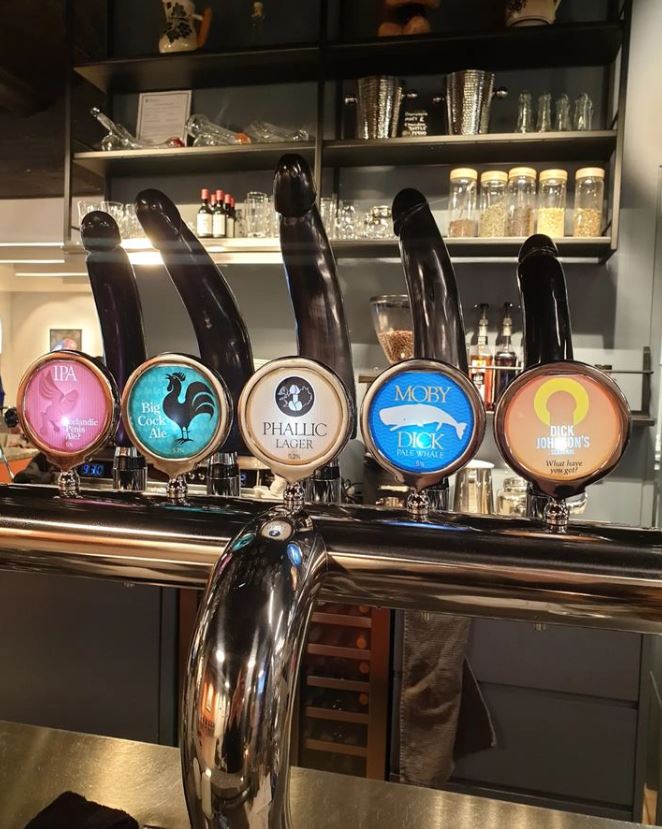
This quirky Icelandic Phallological Museum is dedicated to the study of phalluses and features a collection of over 200 specimens from a variety of animals, including humans. While not for everyone, it’s definitely a unique and memorable experience.
Nautholsvik Geothermal Beach
Located on the outskirts of Reykjavik, Nautholsvik is a geothermal beach that’s popular with locals but often overlooked by tourists. The water is heated by natural hot springs, making it a fantastic place to relax and swim even in the colder months. There are also hot tubs, saunas, and a small café on site.
The Icelandic Punk Museum
Housed in an old public restroom, the Icelandic Punk Museum is also a quirky and unique attraction for music lovers. It celebrates the history of punk music in Iceland and features memorabilia from some of the country’s most famous punk bands.
Saga Museum
Located in the heart of Reykjavik, the Saga Museum is an interactive museum that brings Iceland’s history to life. Visitors can see life-size replicas of some of the country’s most famous historical figures, including Viking warriors and medieval chieftains.
The Significance of Laugavegur, Reykjavík’s Most Famous Street
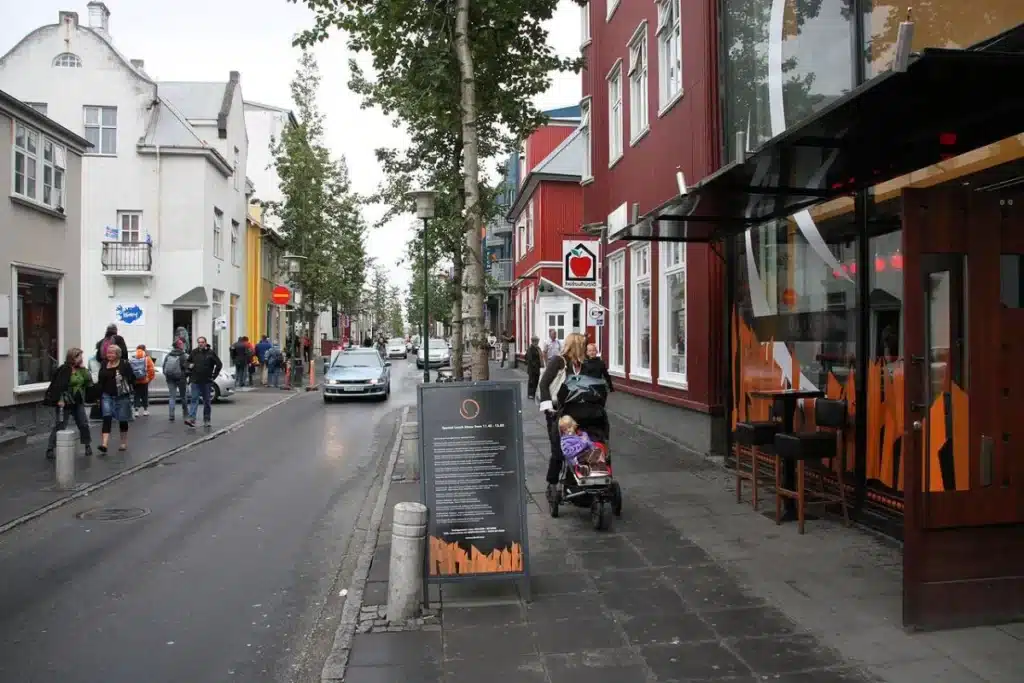
Laugavegur, the most renowned street in Reykjavík, also has a rich history deeply tied to the city’s geothermal activity. The name itself, which translates to “hot spring road” or “wash road,” refers to its past function as a route where Icelandic women would trek with their family’s laundry to be washed in the nearby hot springs of Laugadalur. This tedious and laborious task is vastly different from the vibrant and bustling street it is known as today, with an abundance of shops, cafes, bakeries, bars, and restaurants, making it a popular destination for everyone.
A Serene Oasis in the Heart of Reykjavik
Nestled behind the Alþingi building lies a hidden gem waiting to be discovered by visitors to Reykjavik. The Alþingi Garden, also known as Alþingisgarðurinn, is a stunning public garden that is often overlooked by tourists. Despite its central location, the garden is a peaceful oasis away from the hustle of the city and a perfect place to relax and unwind.
Shopping
Reykjavik is also a great place for shopping, with a mix of independent boutiques, designer stores, and souvenir shops. Here are some of the top shopping destinations in the city:
- Kringlan Shopping Mall: Located in Laugardalur, Kringlan is the largest shopping mall in Iceland, with over 180 stores, restaurants, and a cinema.
- Laugavegur Street: This popular shopping street is located in Downtown Reykjavik and is home to a mix of high-end designer stores, independent boutiques, and souvenir shops.
- Skólavörðustígur Street: This pedestrian street leads up to Hallgrimskirkja and is lined with trendy shops, cafes, and restaurants.
- Hafnarstræti Street: Located in Hafnarfjörður, this charming street is home to a mix of independent boutiques and art galleries.
Northern Lights in Reykjavik
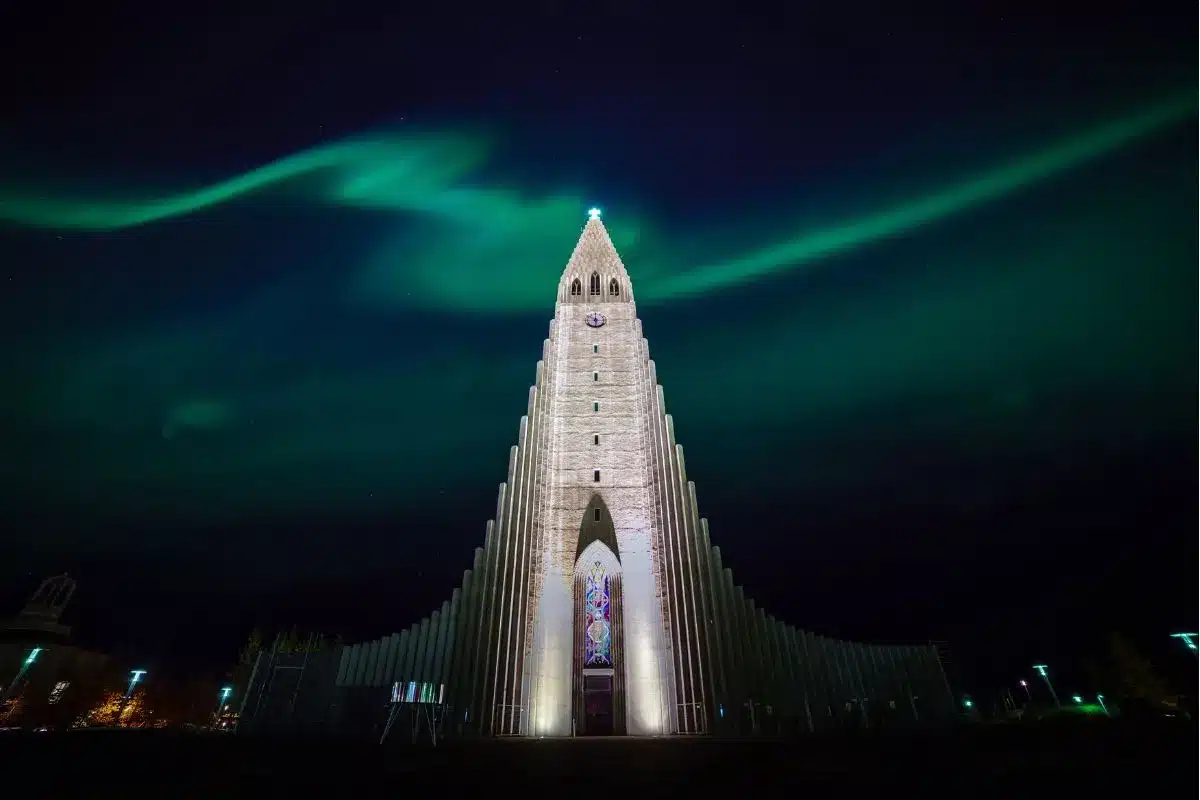
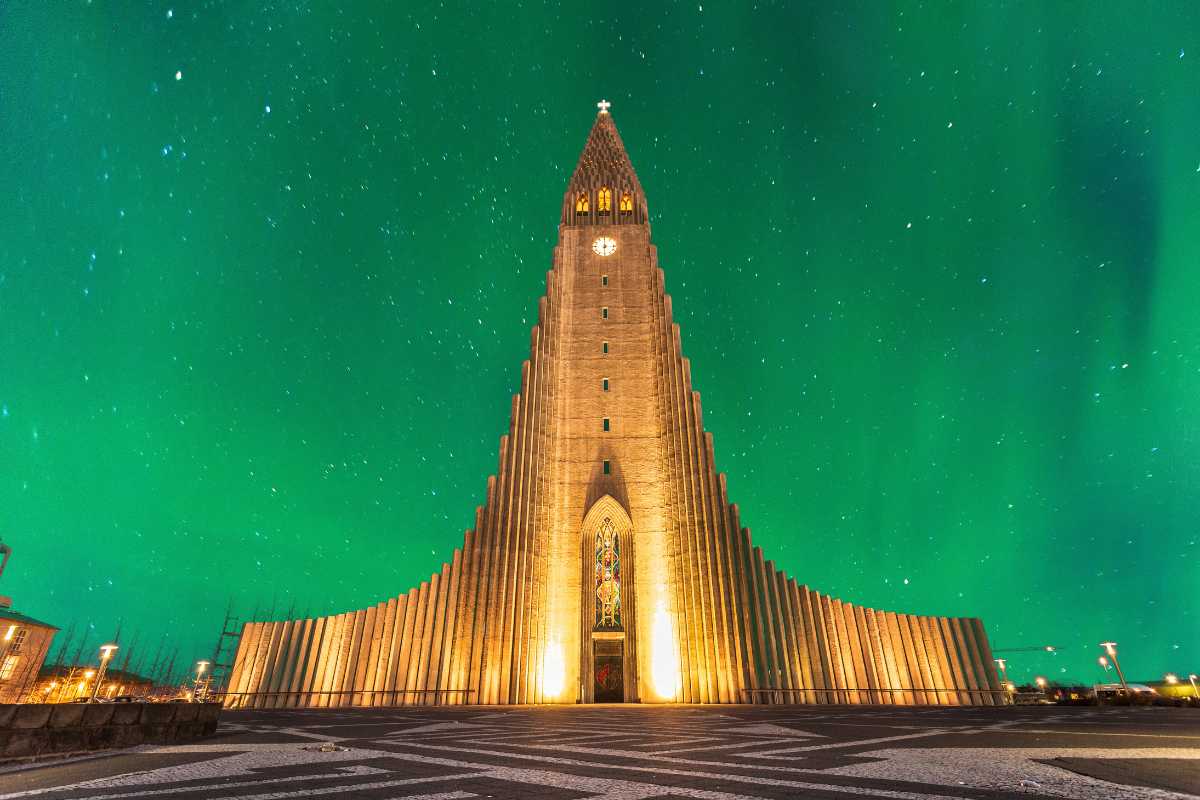
One of the most incredible natural phenomena to witness in Reykjavik is the Northern Lights. Also known as the Aurora Borealis, the Northern Lights are a beautiful display of colored lights dancing across the sky. The best time to see the Auroras is during the winter months, from September to April when the nights are long and dark. Reykjavik’s location near the Arctic Circle makes it a unique and prime destination for viewing the Northern Lights.
Weather in Reykjavik
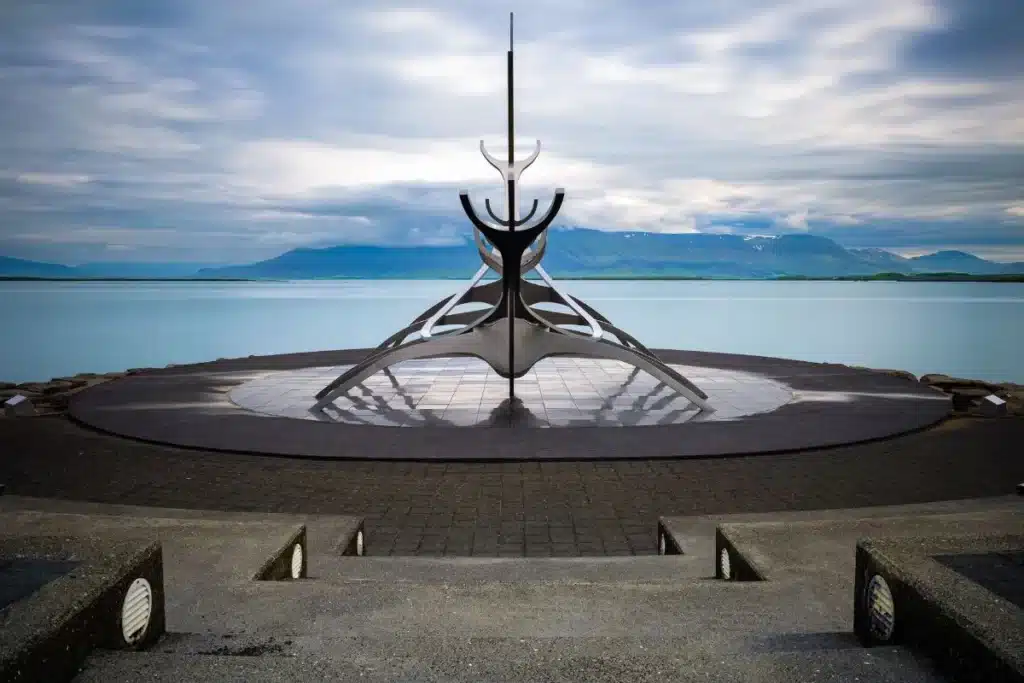
Reykjavik’s weather is also influenced by its northern location, with cool temperatures year-round. Summers are mild, with average temperatures hovering around 10-15°C (50-59°F). Winters can be very cold, with temperatures dropping below freezing. Snow is common during the winter months, which can create beautiful scenery throughout the city.
When visiting Reykjavik, it’s important to pack for the weather and to dress in layers, as temperatures can vary throughout the day. It’s also a great idea to bring or buy waterproof clothing in Reykjavik, as rain and snow can occur at any time. Despite the weather, Reykjavik is a beautiful and vibrant city with plenty to offer visitors. From stunning natural landscapes to lively nightlife, there is always something to see and cool things to do in Reykjavik.
Currency in Reykjavik
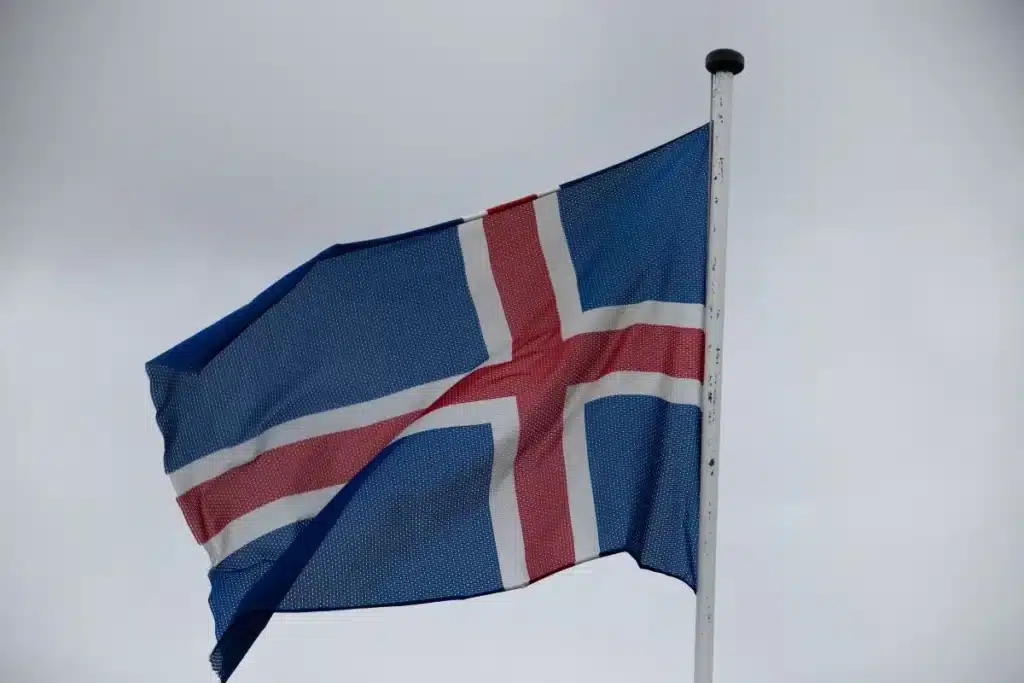
The official currency in Reykjavik is the Icelandic króna (ISK). While some places in Reykjavik do accept foreign currency, it’s always best to have some local currency on hand for small purchases or purchases made outside of tourist areas.
If you are a Citizen or also a Resident of the European Union, the European Economic Area or Switzerland, you do not need a visa to visit the city. Visitors from other countries should check with the Icelandic Directorate of Immigration for visa requirements.
Yes, it’s true! Reykjavik is located in a subarctic climate, and the cold temperatures make it difficult for mosquitoes to survive.
Yes, Icelandic tap water is some of the cleanest and purest in the world. The water comes from natural springs and glaciers, and is rich in minerals.
“skyr”, which is a thick and creamy dairy product similar to Greek yogurt. It’s a healthy snack and can be found in most grocery stores and restaurants in Reykjavik. Other popular traditional Icelandic dishes include “fermented shark”, “lamb soup”, and “hot dogs”.

